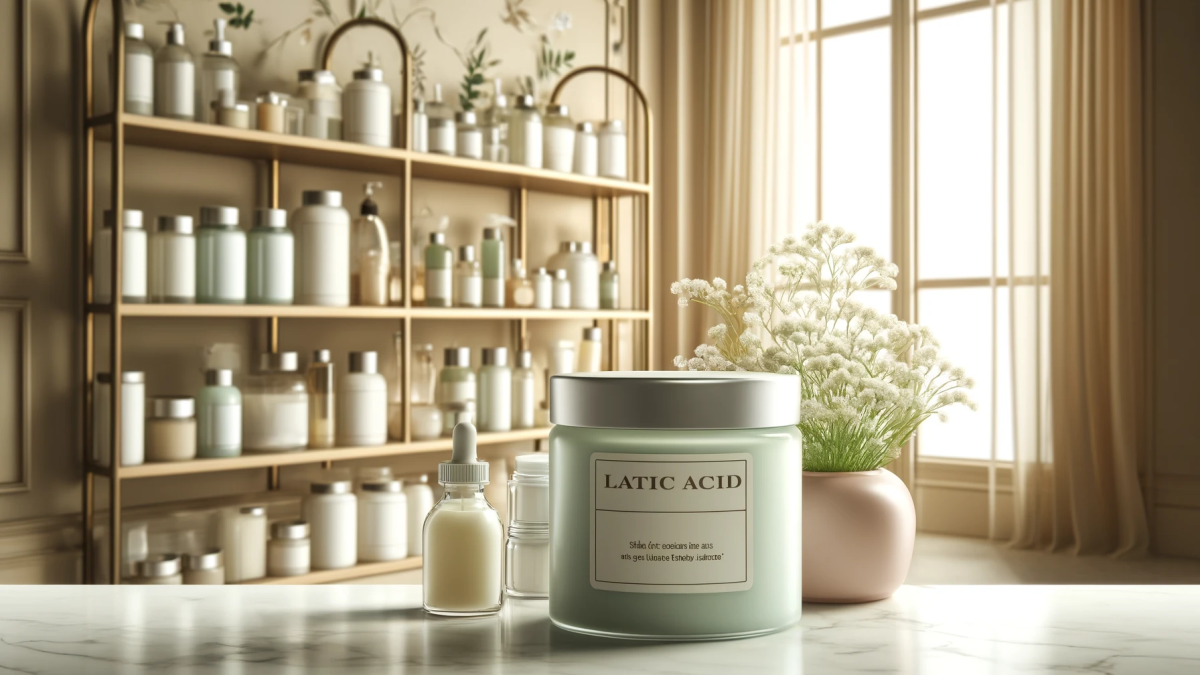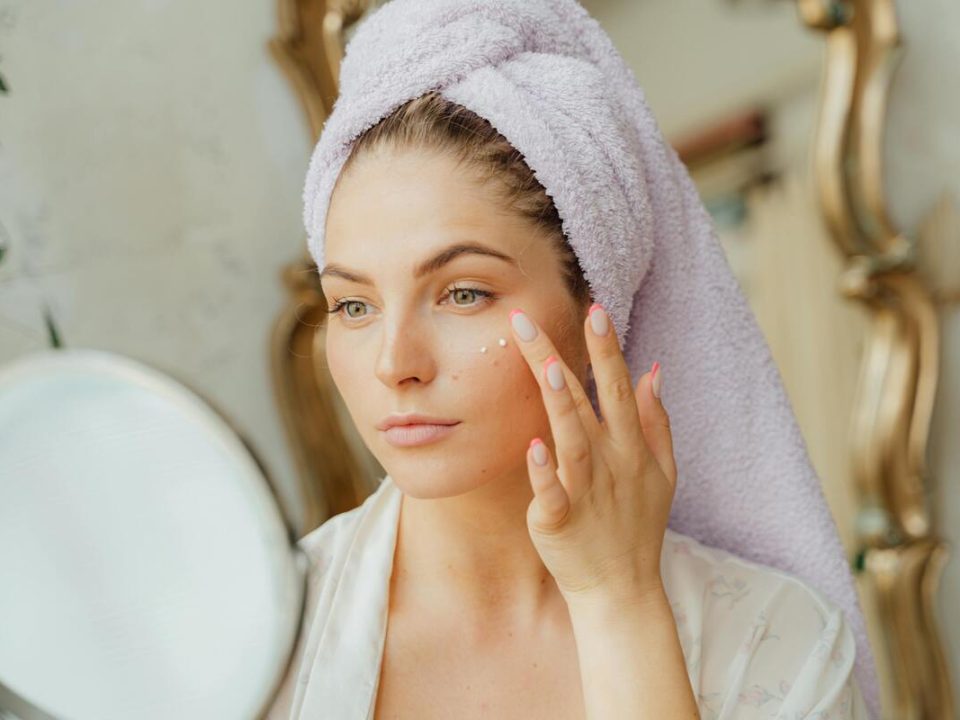
Deciding Between Lactic Acid And Glycolic Acid: Which Exfoliant Is Right For You?
May 9, 2024
Can Lactic Acid Brighten Your Skin?
May 9, 2024Harness the power of lactic acid, a standout chemical exfoliant derived from the natural fermentation of lactose found in milk. This age-old skincare champion, adored for centuries and dating back to the era of Cleopatra—who famously indulged in sour milk baths to maintain her youthful glow—is more than just a beauty ritual from the past. It’s a key ingredient in many modern skincare formulas.
As a member of the esteemed alpha hydroxy acid (AHA) family, which includes the likes of glycolic and mandelic acids, lactic acid offers exceptional, water-soluble benefits that go beyond the surface. Not only does it dramatically enhance the skin’s appearance, but it also maintains its natural moisture, a unique feature that sets it apart from other AHAs. Discover the dual-action benefits of lactic acid for a visibly refreshed and hydrated complexion.
Exploring the Advantages of Lactic Acid for Skin Health
Lactic acid, a milder alternative to harsher acids, offers numerous benefits for skin health. It promotes cell renewal and aids in the removal of dead skin cells from the epidermis, the outermost layer of the skin.
When applied in 12% concentrations, lactic acid enhances skin firmness and thickness, leading to a smoother complexion with fewer fine lines and wrinkles. This indicates that at higher concentrations, lactic acid can penetrate deep into the skin. However, lower concentrations around 5% do not affect the deeper middle layer of the skin but still deliver benefits at a more superficial level.
Regular use of lactic acid reveals a brighter, smoother skin tone. This alpha hydroxy acid (AHA) effectively addresses moderate to severe hyperpigmentation issues caused by an excess of melanin. It helps diminish age spots, reduce the appearance of wrinkles, and minimize visible pores. Given its mild nature, lactic acid is also suitable for sensitive skin, provided it is used in appropriate concentrations.
Lactic acid also acts as an effective antimicrobial agent. Emerging studies suggest that it, along with probiotic supplements, can alleviate symptoms of sensitive skin. Together, they combat inflammatory responses and help maintain microbial balance on the skin. While probiotics work internally by regulating gut balance, lactic acid contributes externally, offering relief from conditions like psoriasis, eczema, and acne.
For acne-prone skin, lactic acid can be a game-changer. Often prescribed by dermatologists in conjunction with antibiotic treatments, low concentrations of lactic acid peels have been shown in clinical studies to improve skin texture and reduce inflammatory acne lesions by up to 90%. This makes lactic acid a potent, yet gentle, choice for enhancing skin health.
Unlock the Benefits of Lactic Acid with Care
Lactic acid, a gentler AHA exfoliant, offers excellent skin resurfacing benefits but requires cautious use to avoid over-exfoliation and potential damage to your skin’s natural barrier. It’s advisable to incorporate this ingredient into your skincare routine every other night, unless otherwise directed by a dermatologist.
Exercise caution when combining lactic acid with retinoids or harsh scrubs. Layering these treatments could lead to irritation or, in more severe instances, post-inflammatory hyperpigmentation. This condition occurs when stressed skin increases melanin production, potentially resulting in long-lasting dark spots.
Chemical peels, including those with lactic acid, heighten your skin’s sensitivity to sunlight, raising the risk of sun damage. It is crucial to wear sunscreen with at least SPF 30 at all times, indoors or out. When in direct sunlight, reapply your sunscreen every two hours to protect your skin from harmful UVA and UVB rays and reduce the risk of skin cancer.
Before using lactic acid or any AHA product, take the following preventative measures to ensure a safe application:
- Verify that the lactic acid concentration is no more than 10%.
- Choose products with a pH higher than 3.5.
- Opt for products that clearly indicate the need for sun protection following use.
By following these guidelines, you can safely enjoy the rejuvenating effects of lactic acid on your skin.
Understanding the Potential Risks of Lactic Acid in Skincare
Exploring the use of lactic acid in your skincare routine? While it’s a popular choice for its rejuvenating benefits, it’s crucial to approach chemical peels with caution, especially if it’s your first time. Be vigilant for signs of skin distress, such as:
- Redness
- Swelling
- A sensation of burning
- Intense itching
- Noticeable skin peeling
Should any of these conditions arise, it’s important to consult with your healthcare provider immediately. Furthermore, consider pausing the use of all exfoliating products to avoid further irritation to sensitive skin. Prioritizing your skin’s health is essential when introducing new treatments.
Conclusion
Lactic acid emerges as a multifaceted powerhouse in skincare, offering a range of benefits from enhancing skin texture and firmness to alleviating inflammatory conditions and hyperpigmentation. Its gentle nature makes it suitable for sensitive skin, yet effective enough for more resilient types, provided it is used with precision and care. As you incorporate lactic acid into your skincare regimen, remember the importance of moderation and proper usage to harness its full potential without compromising your skin’s natural barrier. Consult with a dermatologist to tailor the concentration and frequency of application to your specific skin needs and always pair it with adequate sun protection to safeguard against UV damage. By doing so, you can achieve a healthier, more radiant complexion with the time-honored benefits of lactic acid.







